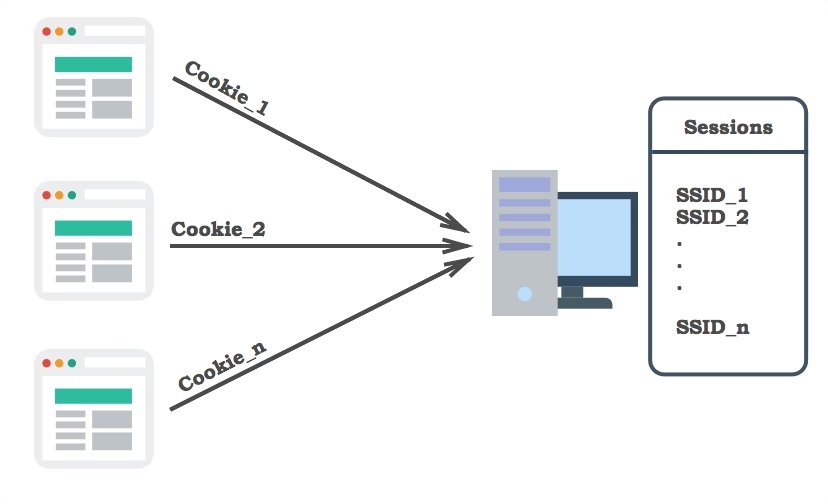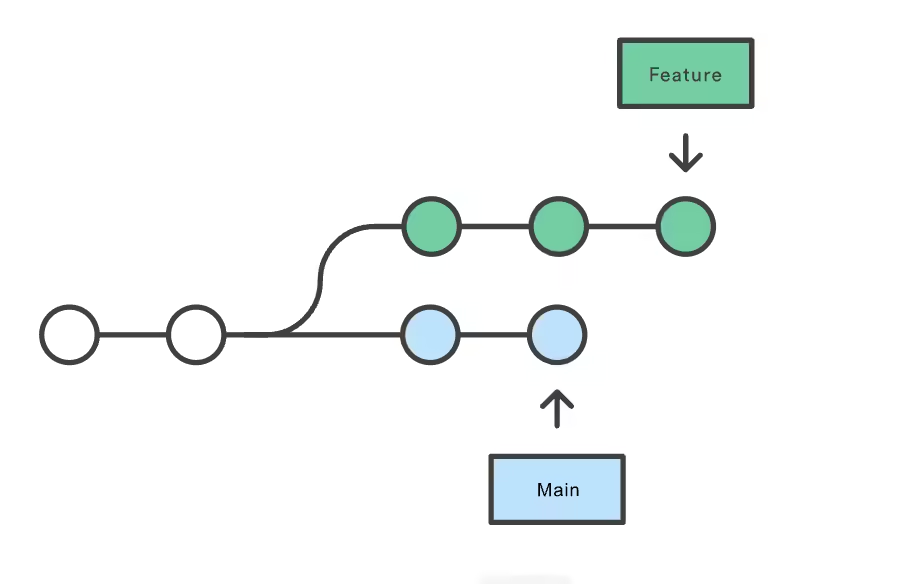Session and Cookies: Understanding the Differences
Cookies and Sessions store user data and maintain state across multiple requests in web applications. However, they differ in how they store and manage data. Cookies Cookies are small data stored on the client side (browser) and sent to the server with each request. Key Features of Cookies: Example of Setting a Cookie (Python – … Read more









